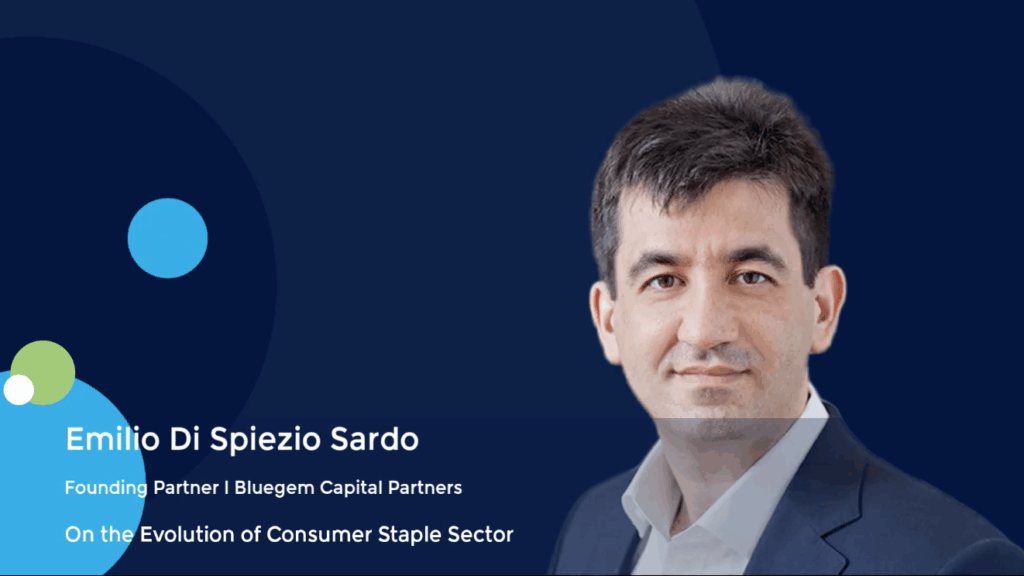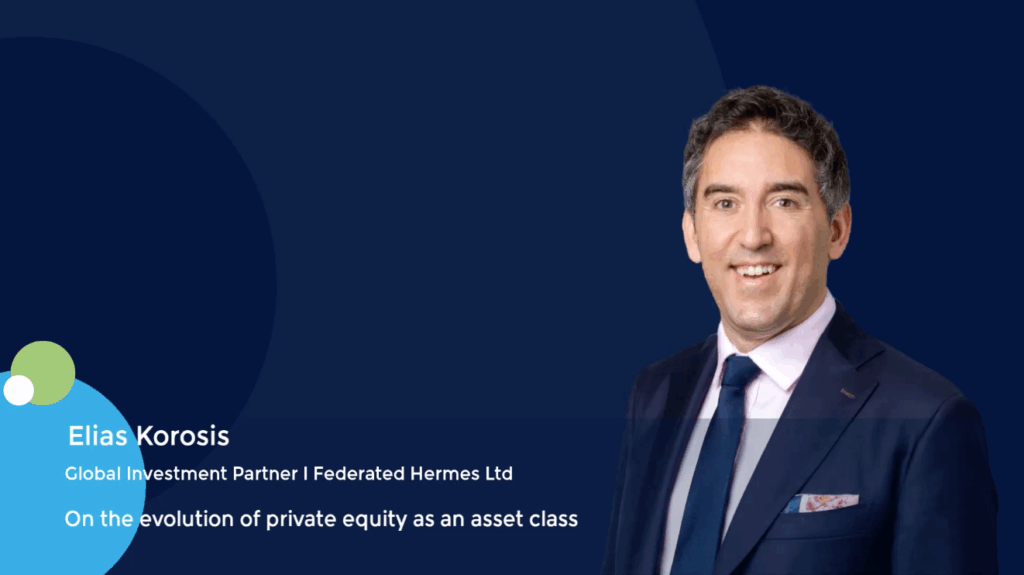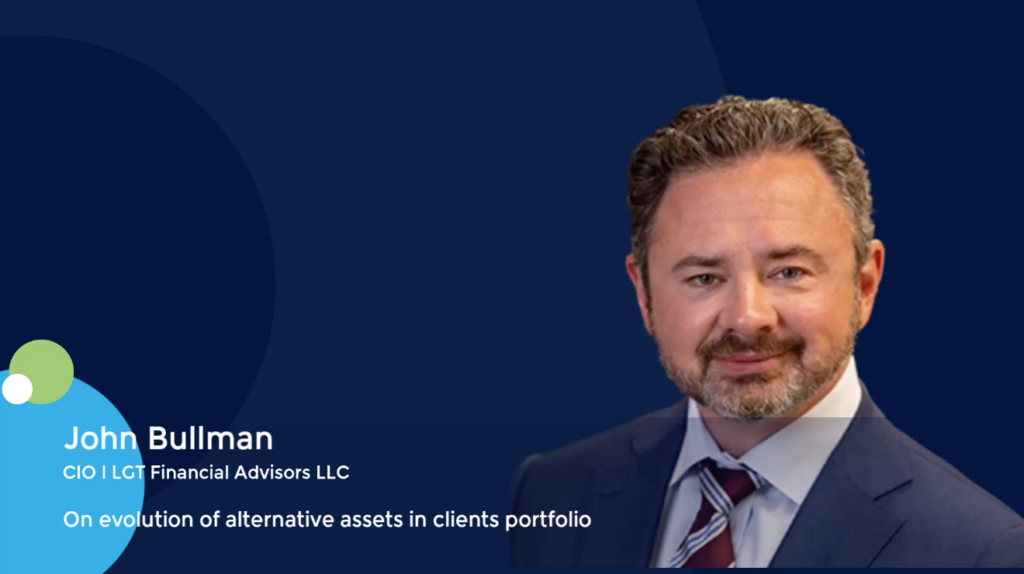Staffan Jafs, Head of Private Equity at eQ, on identifying successful managers
In a recent fireside chat hosted by Giovanni Amodeo, Staffan Jåfs, the head of private equity at eQ, shared valuable insights into the world of private equity, particularly focusing on identifying successful managers and investment strategies. The discussion, part of the Ion Influencers series, delved into various aspects of private equity investments, manager selection, and market trends.
Key Discussion Points:
Background and Role at eQ : Jåfs introduced eQ as a leading independent asset manager listed on the Helsinki Stock Exchange, emphasizing its long-term entrepreneurial drive. He highlighted his 25-year experience in private equity, focusing on the lower middle market in Northern Europe.
Geographical Focus and Manager Selection : Since the early 2000s, eQ narrowed its investment focus to Northern Europe, including the Nordics, UK, Ireland, German-speaking Europe, and Benelux, due to superior return potential compared to Southern Europe. Jåfs explained that the managers they invest with are generally country-focused generalists.
Performance Factors in Northern Europe : High education levels, technological advancements, and competitive economies were cited as reasons for better performance in Northern Europe. Jåfs also noted the prevalence of smaller, unlisted companies in these regions, which presents more investment opportunities.
Defining Track Record for Managers : A proven track record with realized outcomes is crucial for eQ before investing in any funds. Jåfs stressed the importance of low loss rates and competitive performance against local peers.
Emerging Managers and Investment Criteria : While acknowledging the changing definition of emerging managers, Jåfs reiterated eQ’s preference for established teams with proven track records, although they remain open to first-time funds under certain conditions.
Deal Flow and Investment Process : Annually, eQ evaluates 75-100 general partners and invests in 3-5, focusing on those with funds under €500 million. Jåfs detailed their proactive approach in maintaining relationships and staying updated with market developments.
Investment Reevaluation and Market Reputation : Each investment undergoes a thorough reevaluation, maintaining an objective perspective and a rigorous risk assessment process. Maintaining a transparent and responsible relationship with general partners is pivotal for eQ.
Secondary Market Trends : Jåfs discussed the growing importance of secondary markets in private equity, noting the shift towards more GP-led transactions and the benefits of liquidity they bring to the market.
Future Outlook on Asset Classes : Looking ahead, Jåfs is most bullish on lower middle market private equity and venture capital, citing ongoing innovation and potential for high returns despite current market corrections.
Impact of Technology : Technological advancements are expected to increasingly influence investment strategies and the types of businesses that attract private equity investments.
This comprehensive discussion not only sheds light on eQ’s strategic approach to private equity but also provides a broader understanding of market dynamics and investment criteria crucial for both new and seasoned investors in the capital markets.
Key timestamps:
00:09 Introduction
00:33 Staffan Jafs and eQ: Background and Role
01:38 eQ’s Investment Strategies and Geographical Focus
03:11 Factors Contributing to Northern European Markets’ Performance
04:48 Track Record Evaluation and Investment Criteria
06:45 Definition of Emerging Manager and Investment Considerations
08:32 Assessing New Fund Managers and Track Record Verification
10:29 Deal Flow and Evaluation Process
13:07 Investment Size, LP Base, and Value Added Approach
14:02 Reinvestment and Building Relationships with GPs
15:45 Consistency in Commitments and Market Timing
18:17 Preserving Reputation and Transparency
19:19 Focus on Secondary Market and Macro Trends
21:21 Transaction Origination in the Secondary Market
23:20 Future of Secondaries in the Private Market
24:49 Barriers to Entry in the Secondary Market
27:15 Impact of Technology on Deal Flow
28:18 Conclusion










